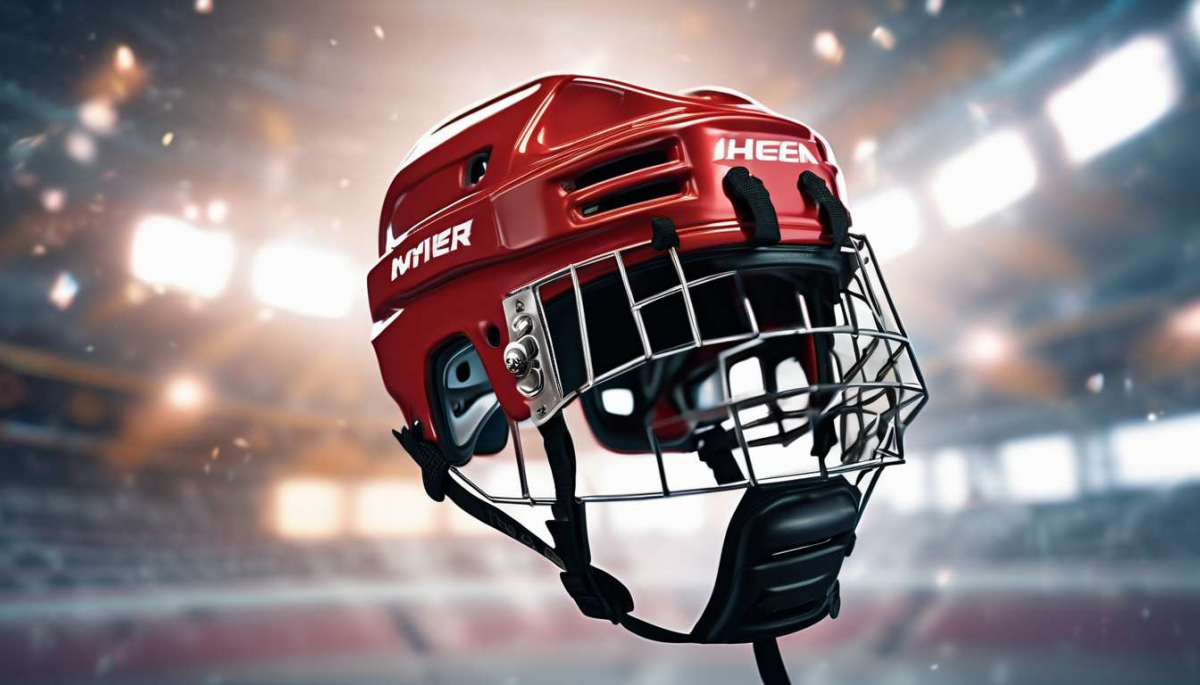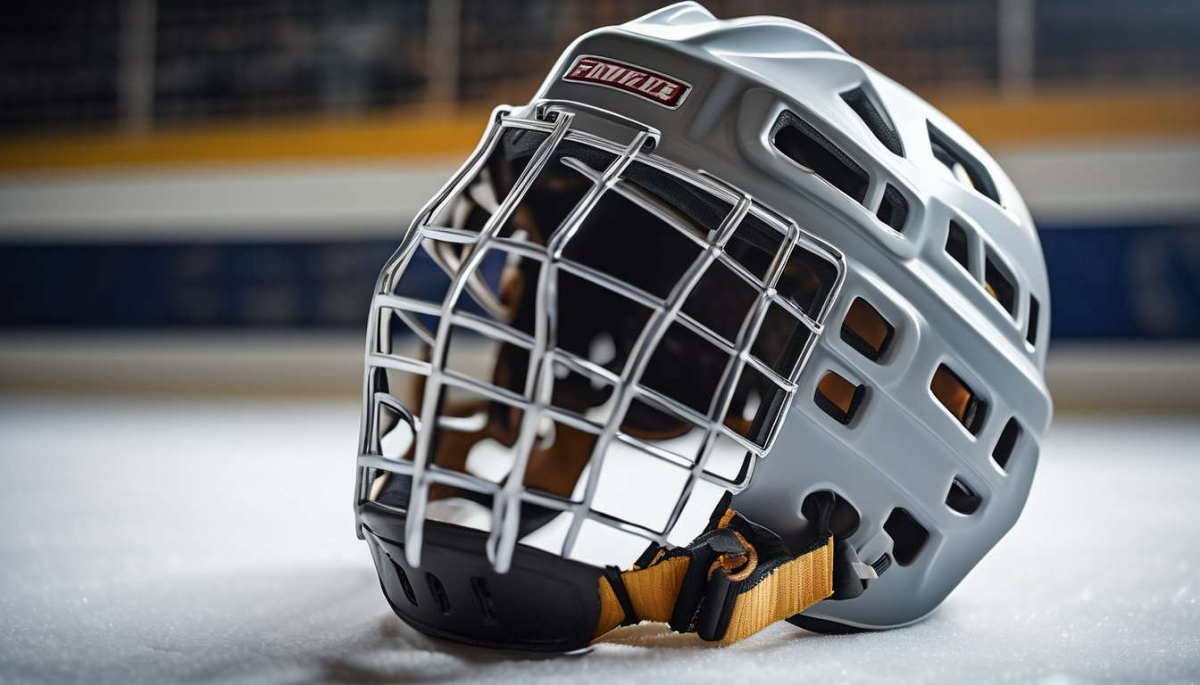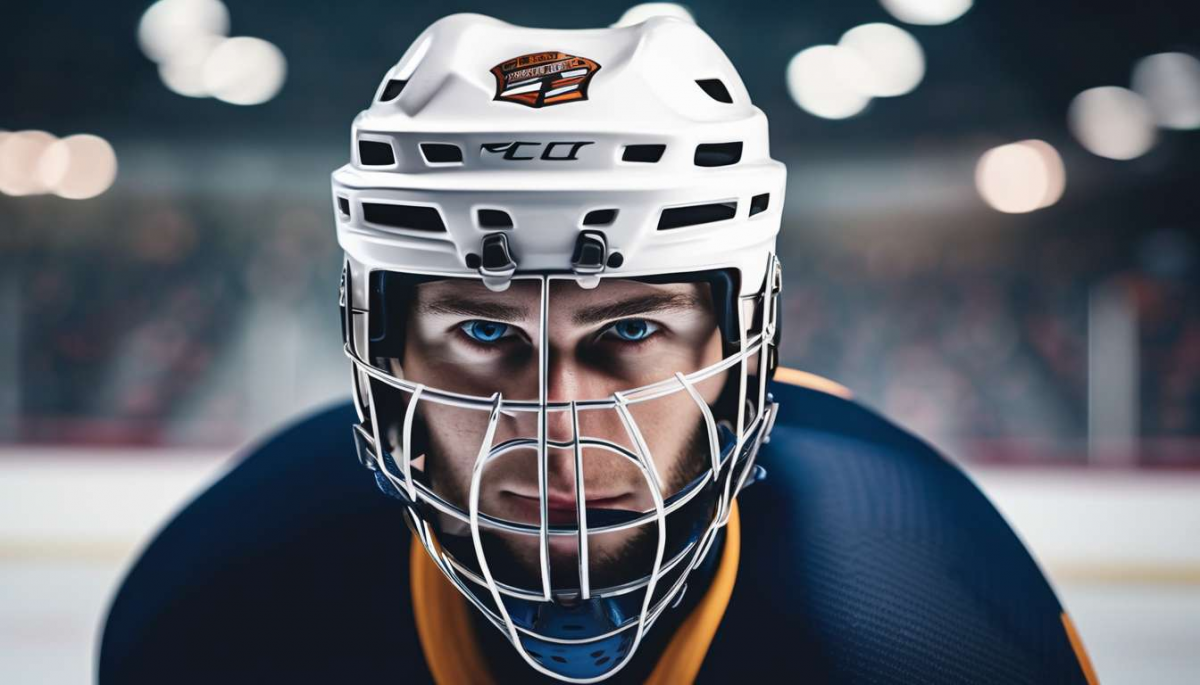For decades, some athletes have debated the necessity of wearing protective helmets while engaging in high-impact sports like hockey. However, the benefits of donning a well-designed, protective hockey helmet surpass its perceived drawbacks.
Contrary to the belief that helmets might impede visibility or performance, they are engineered to:
- Shield players from severe head injuries
- Prevent concussions
- Guard against long-term cognitive impairments
These are acknowledged risks in the fast-paced game of hockey.
Recent advancements in helmet technology have significantly improved their comfort and functionality. Modern helmets now offer:
- An optimal fit
- No compromise on an athlete’s field of vision
- Unhindered mobility on the ice
Furthermore, adopting the use of protective helmets has proven to enhance players’ overall confidence, knowing their head protection is robust and reliable.
As the sport continues to evolve, the importance of prioritizing safety through effective gear like helmets remains critical in fostering both the safety and longevity of players’ careers.
For the latest in cutting-edge helmet technology and other essential gear, visit hockeystore.com.
Head Injury Protection
A hockey helmet significantly reduces the risk of head injuries by absorbing and dispersing impact forces during a game. The design of a high-quality helmet plays a crucial role in ensuring effective head protection for players.
Key features of a high-quality hockey helmet include:
- Use of advanced materials
- Incorporation of engineering innovations
- Efficient management of collision energy
By incorporating these features, helmets mitigate the risk of traumatic brain injuries. The importance of concussion prevention is underscored by the rising awareness of long-term cognitive effects associated with repeated head impacts. Thus, a helmet designed with precision contributes to a safer playing environment.
An optimal fit is essential to maximize the protective capabilities of a hockey helmet.
- A properly fitted helmet ensures stability and coverage.
- It minimizes exposure to potential hazards.
- Players must select a helmet that conforms to their head shape and size, enhancing safety and comfort.
Engaging in a community that prioritizes safety fosters a sense of belonging, emphasizing the collective commitment to protecting players from head injuries.
Concussion Prevention
Advanced helmet designs play a critical role in minimizing the risk of concussions by effectively managing and dispersing impact forces during gameplay. This crucial aspect of head protection is achieved through innovative materials and construction techniques that absorb and redirect energy away from the skull. By doing so, these helmets provide a robust barrier against the violent impacts often encountered in hockey, thereby enhancing concussion prevention.
Ensuring an optimal fit is paramount to the effectiveness of a helmet in concussion prevention efforts. A helmet that fits properly will not only stay securely in place during play but also distribute forces evenly, reducing the likelihood of injury. Manufacturers have prioritized:
- Adjustable systems
- Varied sizing options
These adjustments cater to the diverse needs of players, fostering a sense of community and inclusivity within the sport.
Ultimately, the integration of advanced technologies and tailored fit solutions contributes significantly to reducing concussion risks. This promotes safer participation in hockey and reinforces the collective commitment to player safety.

Cognitive Impairment Guard
A significant advancement in hockey helmets is the inclusion of cognitive impairment guards, which help protect players from long-term cognitive effects by minimizing brain trauma. These guards play a crucial role in head protection, providing an additional layer of safety against impacts that could lead to concussions.
By integrating advanced materials and engineering techniques, cognitive impairment guards enhance the helmet’s ability to absorb shock, thus reducing the risk of brain injuries. The importance of concussion prevention in sports cannot be overstated, as repeated head injuries have been linked to serious cognitive decline and neurological diseases.
Cognitive impairment guards are designed to work in tandem with other protective features of the helmet, ensuring that the player receives comprehensive protection.
Key features include:
- Advanced materials for enhanced shock absorption
- Engineering techniques for optimal impact resistance
The focus on achieving an optimal fit is essential, as it ensures the helmet remains securely in place during play, maximizing the effectiveness of the head protection features.
This innovation is pivotal in fostering a safer environment for athletes, promoting both confidence and community within the sport.

Optimal Fit and Comfort
Ensuring a hockey helmet provides an optimal fit and comfort significantly enhances player safety and performance on the ice.
An ideal helmet fit is a critical component in head protection, reducing the risk of injuries. The snugness of a helmet ensures that it remains securely in place during play, preventing excessive movement that might compromise its protective capabilities. A helmet tailored for comfort and precision fit contributes to effective concussion prevention by absorbing and distributing impact forces more efficiently.
Psychological and Team Benefits:
The sense of security derived from a well-fitting helmet fosters confidence among players. This promotes a sense of unity and belonging within a team environment. The psychological benefit, coupled with physical protection, underlines the importance of selecting helmets that cater to individual head shapes and sizes.
Helmet Features for a Personalized Fit:
- Adjustable features
- Customizable padding
- Straps
These features allow for a personalized fit, ensuring that each player feels included and valued. This attention to detail in helmet design reinforces the collective goal of achieving safety and success on the ice.

Enhanced Field Vision
A well-designed hockey helmet enhances field vision by offering a wider and unobstructed view, allowing players to maintain situational awareness on the ice. This enhancement is crucial in a sport where rapid movements and quick decision-making are essential.
Optimal Fit and Safety:
- An optimal fit ensures the helmet remains securely in place, minimizing any obstruction to vision.
- By prioritizing head protection, these helmets contribute significantly to concussion prevention, which remains a primary concern in contact sports.
Modern Helmet Design:
- The design of modern protective hockey helmets incorporates advanced materials and engineering to ensure a balance between safety and functionality.
- Clear visors and strategically placed vents improve peripheral vision, enabling players to track the puck and teammates effectively.
This proficiency in maintaining visual contact with the game not only enhances performance but also fosters a sense of unity and belonging among team members. When players trust their gear to provide both safety and an expansive field of view, they can focus more on their roles and responsibilities on the ice.

Boosted Player Confidence
A well-fitted hockey helmet significantly boosts player confidence by ensuring reliable protection and allowing athletes to focus on their performance without fear of injury. In the fast-paced and physically demanding environment of hockey, head protection is paramount.
The optimal fit of a helmet not only mitigates the risk of physical harm but also plays a critical role in concussion prevention. When players are assured that their safety is prioritized, they can engage more fully in the game, concentrating on strategy and skill rather than potential hazards.
The psychological assurance provided by effective head protection fosters a sense of belonging within the team. Players can trust that their equipment will perform as required, promoting a united focus on team objectives.
This collective confidence can enhance team dynamics, as every member feels secure and supported. The reduced anxiety about injuries enables athletes to:
- Push their limits, which contributes to both individual growth and team success.
- Ultimately reinforce a cohesive team identity.
